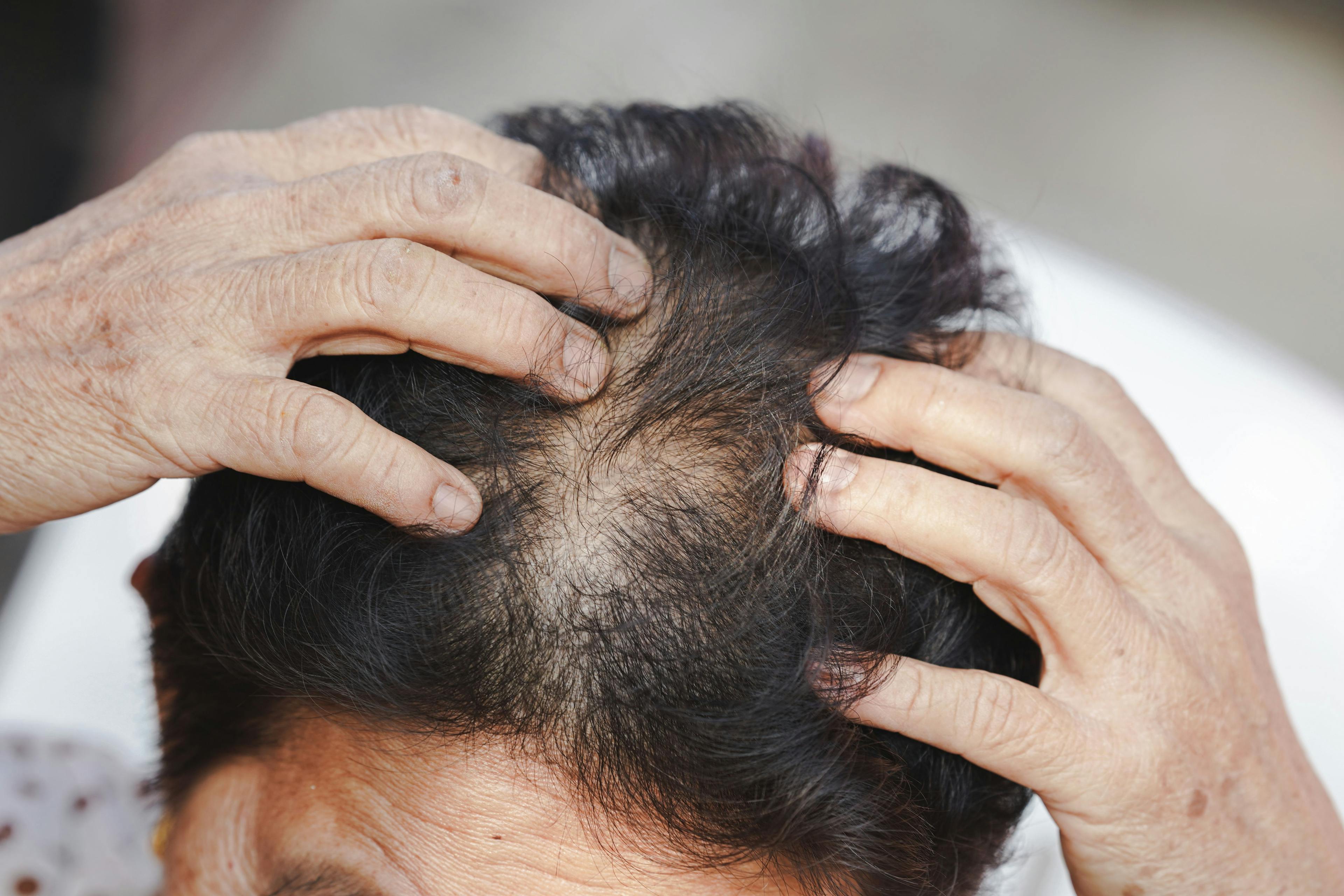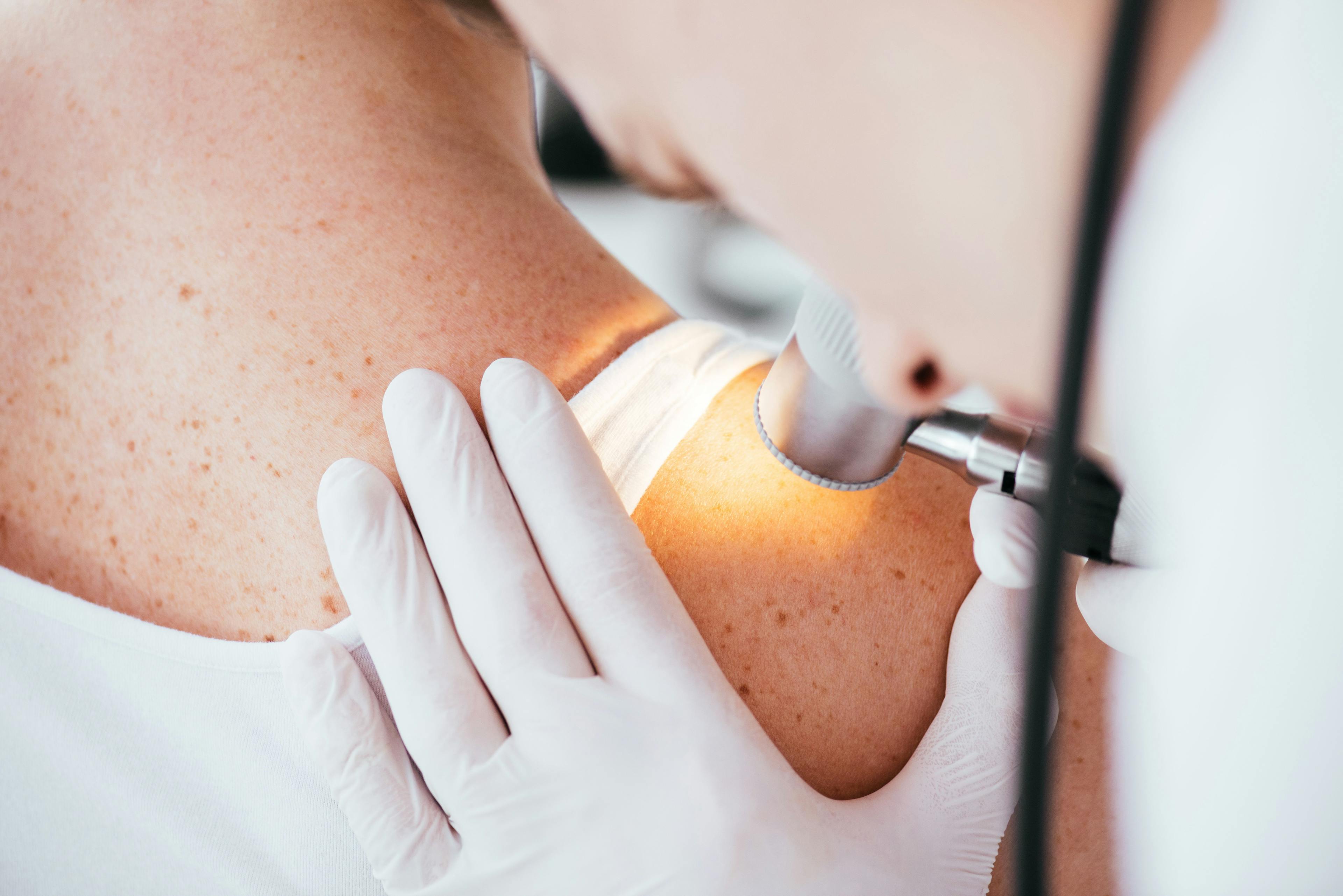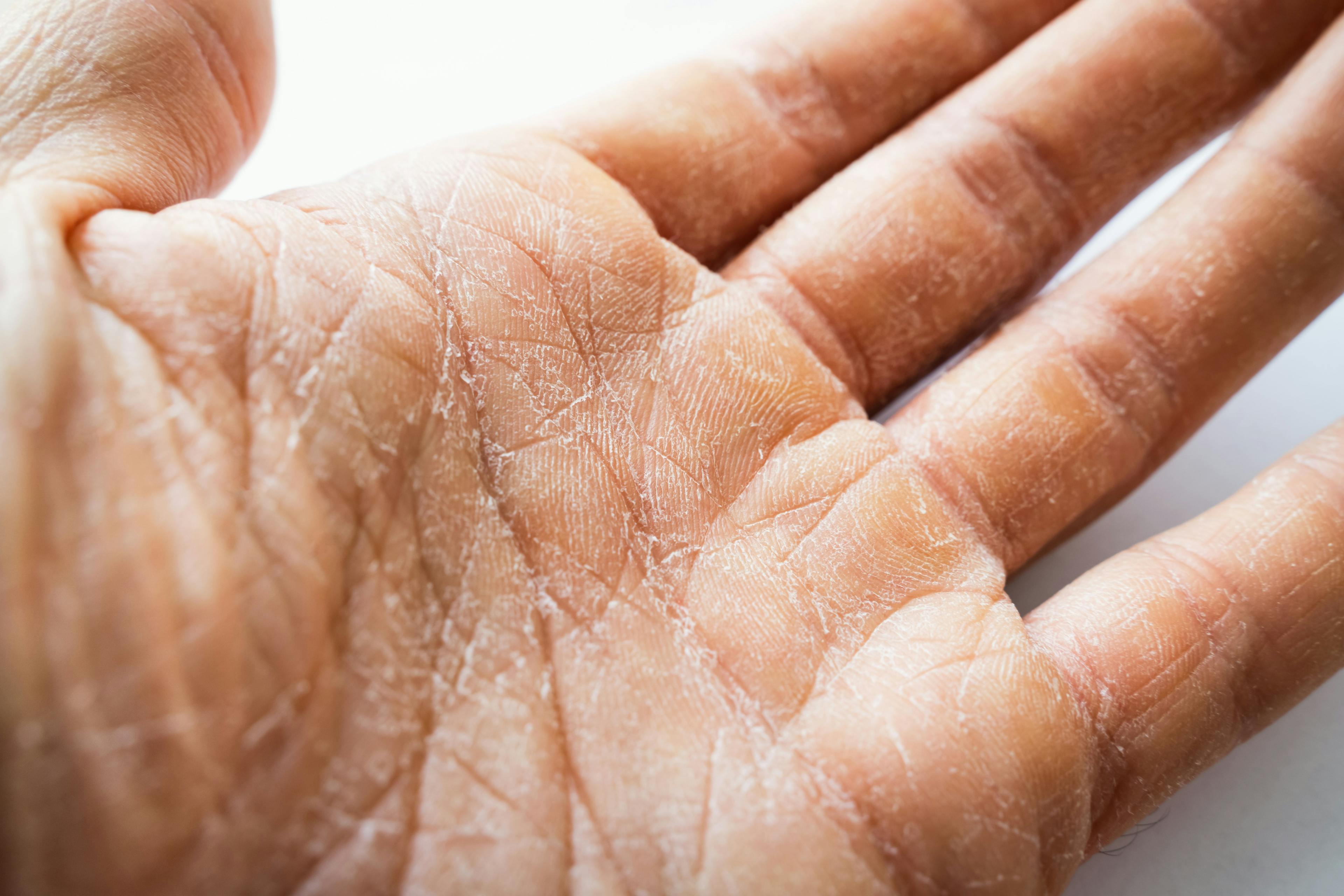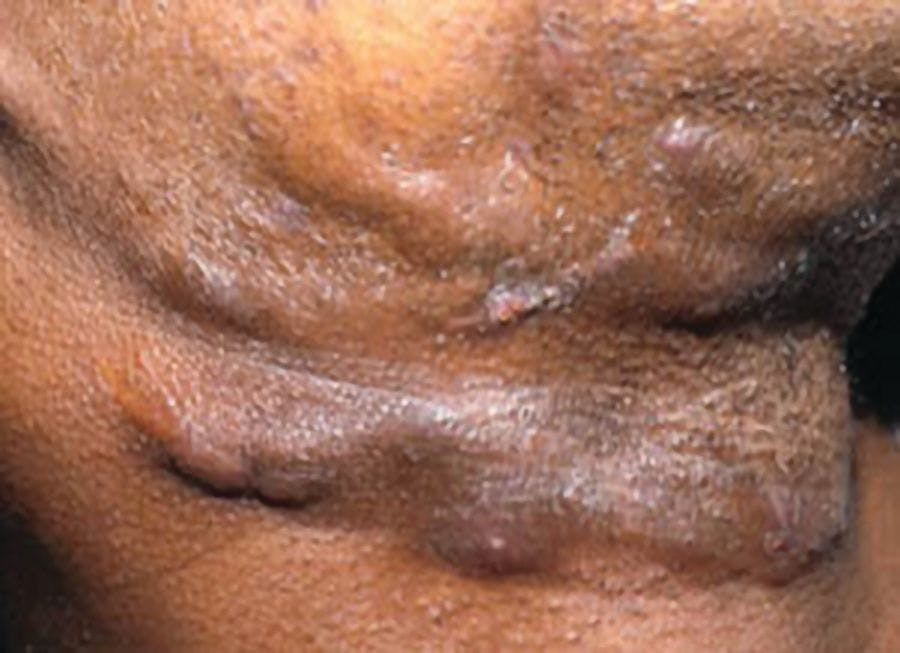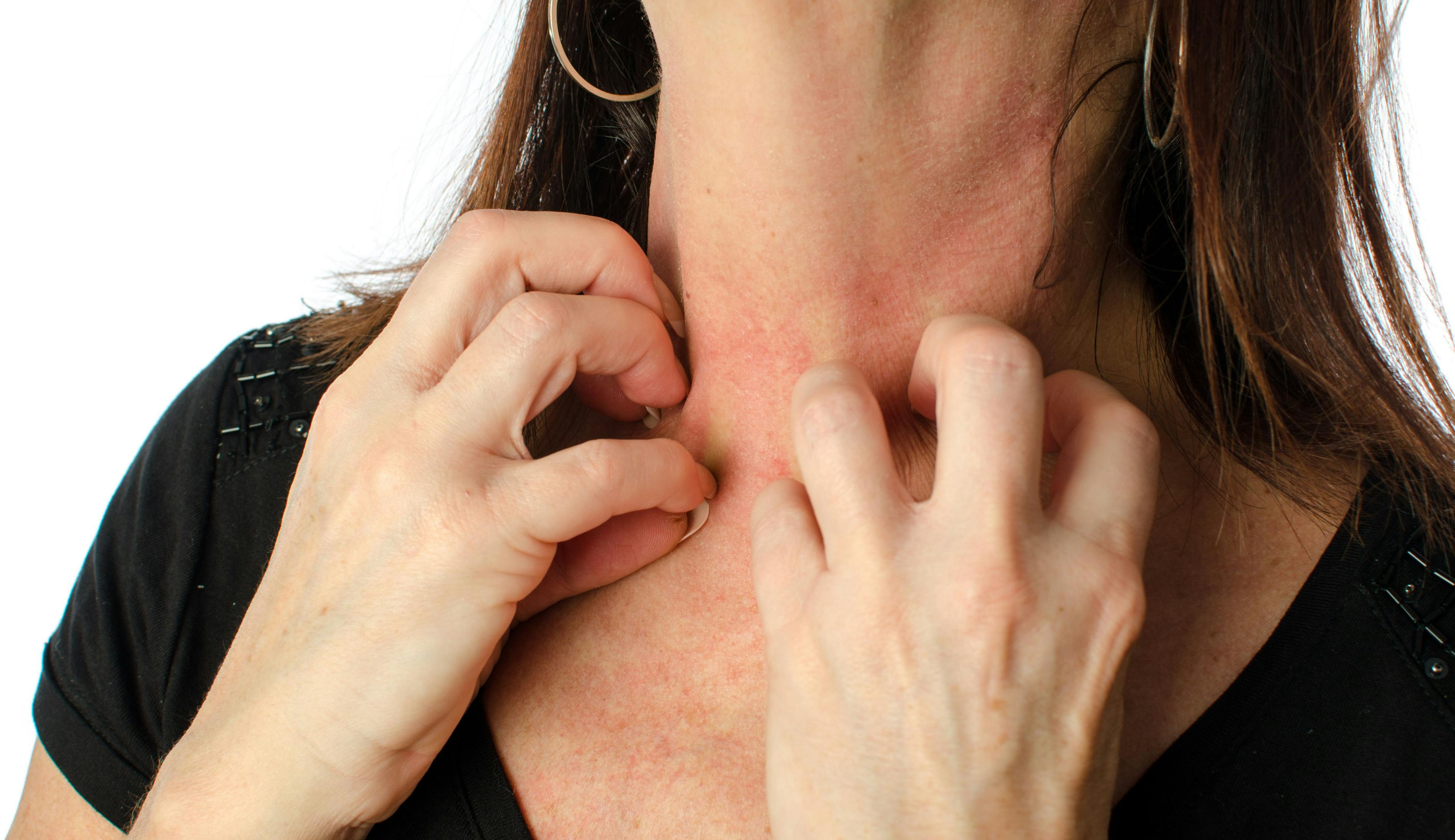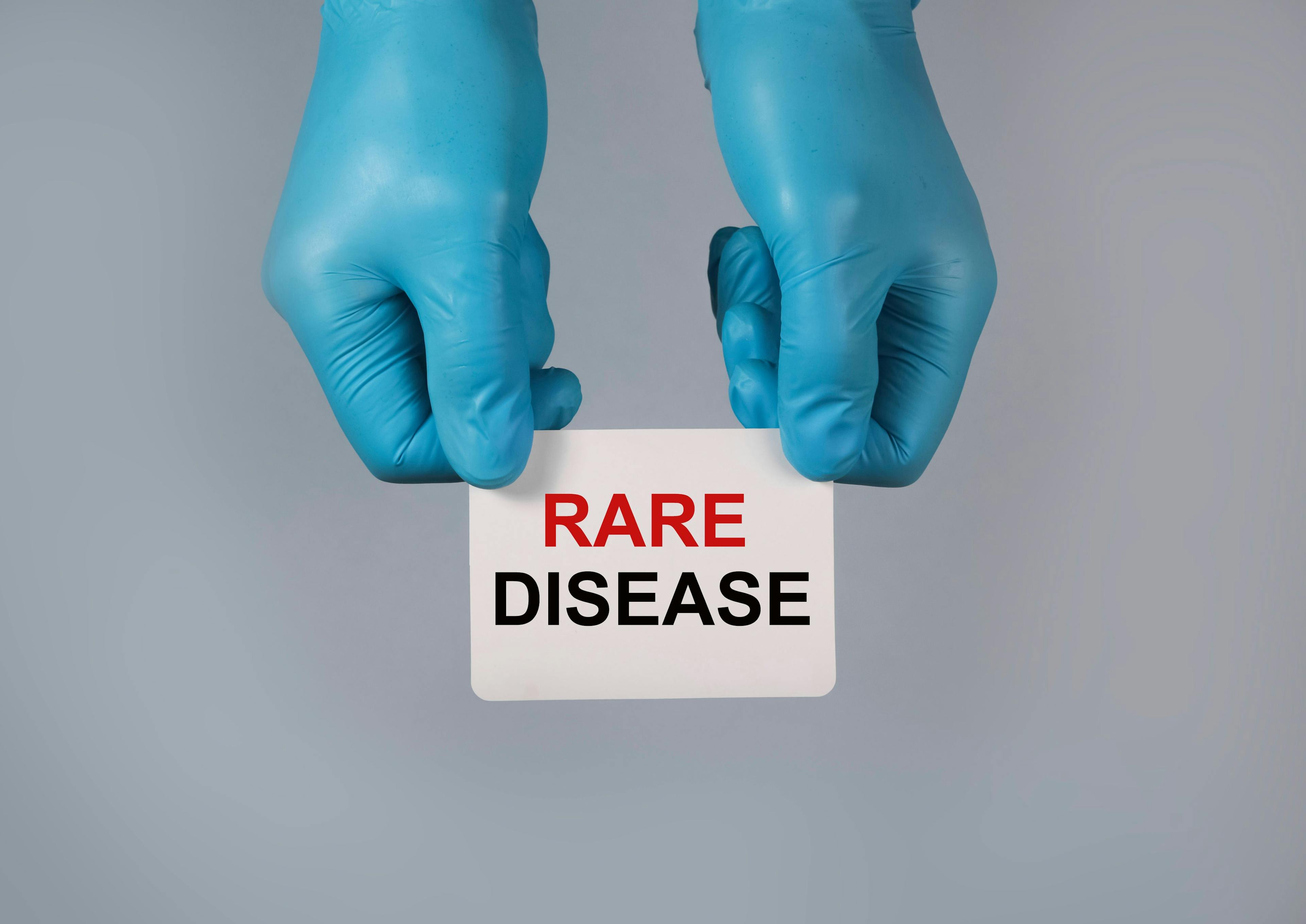- Acne
- Actinic Keratosis
- Aesthetics
- Alopecia
- Atopic Dermatitis
- Buy-and-Bill
- COVID-19
- Case-Based Roundtable
- Chronic Hand Eczema
- Chronic Spontaneous Urticaria
- Drug Watch
- Eczema
- General Dermatology
- Hidradenitis Suppurativa
- Melasma
- NP and PA
- Pediatric Dermatology
- Pigmentary Disorders
- Practice Management
- Precision Medicine and Biologics
- Prurigo Nodularis
- Psoriasis
- Psoriatic Arthritis
- Rare Disease
- Rosacea
- Skin Cancer
- Vitiligo
- Wound Care
Publication
Article
Dermatology Times
The Latest Buzz in Atopic Dermatitis
Author(s):
Experts discuss game-changing drugs and what’s in the pipeline.
When it comes to treating atopic dermatitis (AD), classic medications and treatments such as emollients, topical corticosteroids, and Janus kinase (JAK) inhibitors are still the standard. Repairing the skin barrier through the proper use of emollients and appropriate skin care is still a key management tactic for eczema, and because dermatologists have worked with these medications for decades, they are able to predict the possible adverse effects and complications.
With newer medications, such as dupilumab (Dupixent) for AD, dermatologists are still discovering new adverse effects, such as the possibility of the development of psoriasis or the development of facial and neck erythema.1
Still, innovative treatments are always being sought after because the current treatments for AD—injections, antihistamines, and other temporary fixes—aren’t enough to provide lasting relief.
Mariano Busso, MD, a board-certified dermatologist practicing in Beverly Hills, California, and Miami, Florida, noted that although the therapeutic principle of “sleep and grease” will always remain an AD postulate, the newer biological agents such as dupilumab, upadacitinib (Rinvoq), and abrocitinib (Cibinqo) allow control of severe cases without disrupting a patient’s daily life as much and by reducing the need for hospital admissions.
Viktoryia Kazlouskaya, MD, PhD, a dermatologist with Khrom Dermatology & Aesthetics in Brooklyn, New York, noted the variety of treatments such as dupilumab, tralokinumab-ldrm (Adbry), abrocitinib, and upadacitinib—which acton different molecules that play a role in the pathogenesis of AD—is a real breakthrough for 2022.
“We are able to target itch and inflammation more specifically and faster, leading to quick improvement of quality of life,” she said. “We are also able to personalize treatments based on symptoms, the lifestyle of the patients, and their preferences.”
Sanusi Umar, MD, a clinical instructor at David Geffen UCLA Dermatology Division in Los Angeles, California, noted that many of the new treatments such as dupilumab and other JAK inhibitors are not so much game changers as options for the AD armamentarium to be used in combination with baseline measures, such as emollients and gentle skin care.
He pointed to the 2022 FDA approvals of tralokinumab, a human monoclonal antibody that binds to IL-13—a cytokine playing a key role in AD inflammation—for the treatment of moderate to severe AD in adults and subcutaneously injected dupilumab, an antibody targeting the IL-4 receptors, as the first biologic medicine for children aged 6 months to 5 years with moderate to severe AD.
“JAK inhibitors such asdupilumab and upadacitinibrepresent the real groundbreaking development in the field of atopic dermatitis management,” Umar said. “The majority of recalcitrant AD cases will respond to JAK inhibitors.”
JAK Inhibitors Advancing
Morgana Colombo, MD, medical director at Integrated Dermatology of Reston in Virginia, pointed to the new targeted systemic therapies—which include oral JAK inhibitors such as upadacitinib and abrocitinib—as recent groundbreaking treatments for AD.
“Before the release of these new [medications], we were limited on how to manage patients with moderate to severe chronic atopic dermatitis, and the few systemic options available (prednisone, cyclosporine, methotrexate) had a lot of [adverse] effects, such as too much immunosuppression and liver and kidney toxicity, and were not as effective,” she said. “The newer drugs are more targeted, more efficacious, and better tolerated.”
Oral JAK inhibitors have also been a game changer for Kazlouskaya because prior to their approval, only one systemic medication, dupilumab, was specifically designed for patients with moderate and severe AD, she noted .
“I would have patients who would not sufficiently respond to dupilumab or would have adverse reactions, and I had nearly nothing to offer them in the past. And getting JAK inhibitors for off-label use from insurance companies was very hard,” she said. “Now it is getting much easier, and I am able to help them. Also, oral JAK inhibitors seem to work faster and, in some cases, are more suitable for patients with severe quality-of-life impairment or severe depression.”
New potential topical treatments for AD include jaktinib, a JAK1/2 /3 inhibitor.
In the Pipeline
Most current AD research activity is focused on cytokine manipulation, Colombo said—hence, treatments that target cytokines and chemokines involved in causing AD.
Colombo noted that more than 25 targeted biologic medications are in clinical trials and that the trials for lebrikizumab, which selectively targets the IL-13 cytokine, and for nemolizumab, which targets the IL-31 receptor, are the furthest along.
Kazlouskaya said that other biologics with new targets have also been investigated, including the following:
• an anti-OX40 monoclonal antibody;
• benralizumab, an anti–IL-5Rα antibody;
• rezpegaldesleukin, an anti–IL-2 receptor antibody;
• tezepelumab-ekko, a human monoclonal antibody that blocks thymic stromal lymphopoietin;
• RPT193, a CCR4 antagonist; and
• RBN-3143, a PARP14 inhibitor.
“Other interesting and potential pathways include transient receptor potential subfamily V member 1 (TRPV1) and the prostaglandin/leukotriene pathway,” Kazlouskaya said. “And new antihistamines of H4 class are being investigated.”2
Dermatologists are also learning more about gut and microbiota changes in AD, with some data suggesting that fecal transplants may be helpful in AD.3
In addition, adhesive strips are being studied for the diagnosis of AD and to differentiate AD from psoriasis. The strips also are also being looked at as a way to study the abnormalities in the skin barrier.4
Umar noted that more is being done with phototherapy as well.
“The reason phototherapy works for AD is because natural sunlight gives off ultraviolet rays, which ease some people’s symptoms by inhibiting inflammatory responses,” he said. “The caveat is the UV level needs to be controlled so it doesn’t burn the skin and have a countereffect. This is why undergoing phototherapy administered by a professional instead of just getting sun exposure is a more reliable way of managing AD.”
Future AD treatments may also be based on gene manipulation.
“[Gene Manipulation] is going to birth therapeutic solutions to all kinds of conditions, and AD is no exception,” Umar said. “Genetic engineering is still relatively new but will definitely be big in the future for chronic skin condition treatments such as AD.”
References
1. Albader SS, Alharbi AA, Alenezi RF, Alsaif FM. Dupilumab side effect in a patient with atopic dermatitis: a case report study. Biologics. 2019;13:79-82. doi:10.2147/BTT.S195512
2. Schaper-Gerhardt K, Rossbach K, Nikolouli E, Werfel T, Gutzmer R, Mommert S. The role of the histamine H4 receptor in atopic dermatitis and psoriasis. Br J Pharmacol. 2020;177(3):490-502. doi:10.1111/bph.14550
3. Kim JH, Kim K, Kim W. Gut microbiota restoration through fecal microbiota transplantation: a new atopic dermatitis therapy. Exp Mol Med. 2021;53(5):907-916. doi:10.1038/s12276-021-00627-6
4. He H, Bissonnette R, Wu J, et al. Tape strips detect distinct immune and barrier profiles in atopic dermatitis and psoriasis. J Allergy Clin Immunol. 2021;147(1):199-212. doi:10.1016/j.jaci.2020.05.048

Newsletter
Like what you’re reading? Subscribe to Dermatology Times for weekly updates on therapies, innovations, and real-world practice tips.






